Decorative metal products have been used for centuries as a means of creating beautiful and functional items. From intricate wrought iron gates to simple stainless steel furniture, metal has a unique ability to be both strong and malleable, making it the perfect material for decorative pieces. In this article, we will explore the design ideas behind decorative metal products, including the use of shapes, patterns, and textures.
Shapes
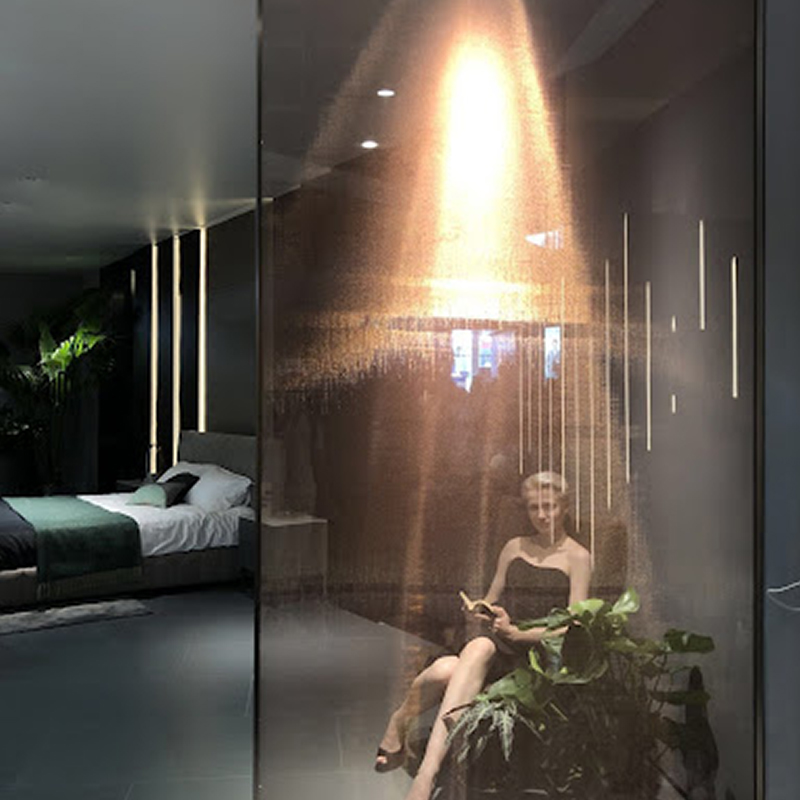
One of the most important design considerations when creating decorative metal products is the shape of the item. Different shapes can convey different emotions and can be used to create a specific aesthetic. For example, angular shapes with sharp edges can create a modern and edgy look, while curved shapes can give a more organic and natural feel.
When designing a decorative metal product, it is essential to consider the function of the item as well as the desired aesthetic. For example, a wrought iron gate may need to have a strong and sturdy design to provide security, whereas a decorative metal candle holder may have a more delicate and intricate design to create a soft and romantic atmosphere.
Patterns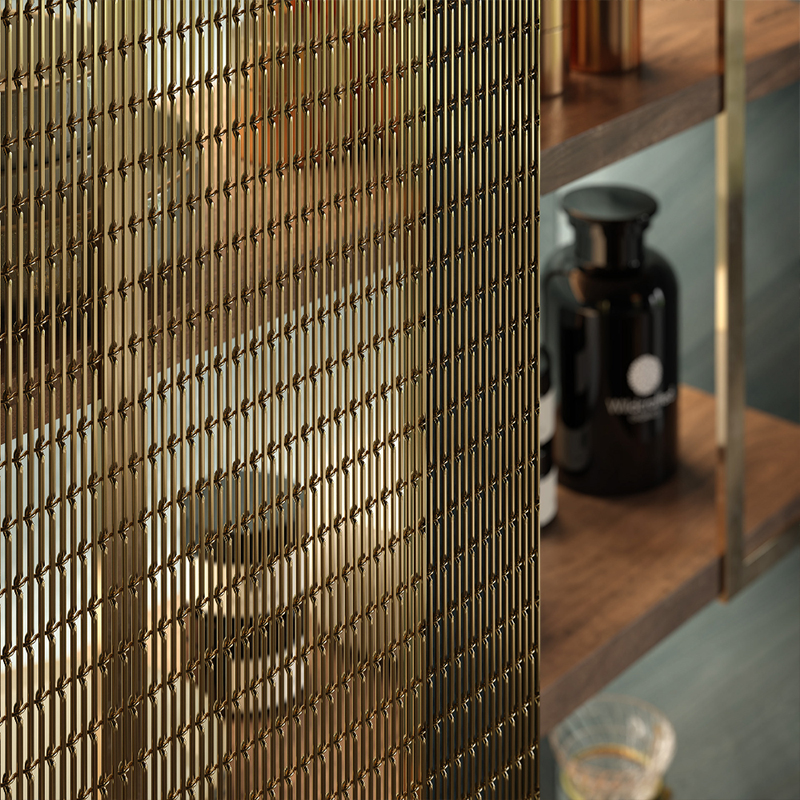
Patterns are an essential aspect of decorative metal products and can be used to create a wide range of effects. Patterns can be simple or complex, geometric or organic, and can be used to convey a specific message or create a specific mood.
One common use of patterns in decorative metal products is to create a sense of movement or flow. For example, a decorative metal railing on a staircase may use a pattern of interlocking circles to create a sense of movement as the eye follows the pattern up the stairs.
Another use of patterns in decorative metal products is to create a specific mood or ambiance. For example, a pattern of swirling vines and flowers on a decorative metal mirror may create a romantic and whimsical feel, while a pattern of straight lines and angles on a decorative metal clock may create a modern and minimalist aesthetic.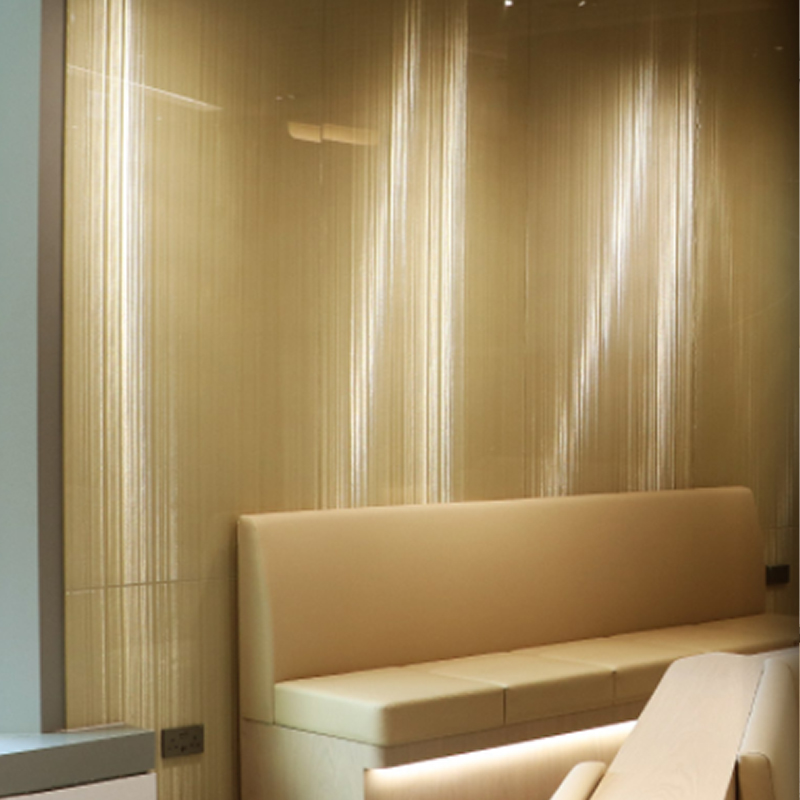
Textures
Textures are another crucial design consideration when creating decorative metal products. Different textures can be used to create a specific look or feel, and can be used to add depth and dimension to a piece.
One popular use of textures in decorative metal products is to create a sense of contrast. For example, a rough and rustic texture may be used on a decorative metal candle holder to create a sense of contrast with the smooth and polished texture of the candle.
Another use of textures in decorative metal products is to create a sense of depth and dimension. For example, a hammered texture on a decorative metal vase may create a sense of depth and interest as the eye follows the curves and contours of the piece.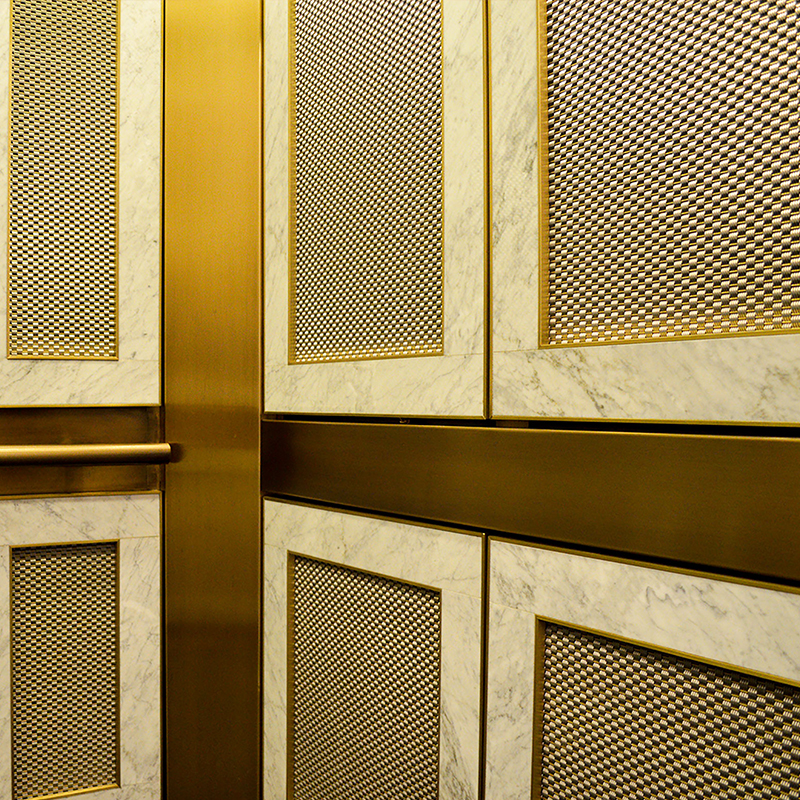
Finishes
Finishes are the final touch when it comes to designing decorative metal products. Finishes can be used to protect the metal from rust and corrosion, as well as to create a specific aesthetic.
One popular finish for decorative metal products is powder coating. Powder coating is a durable and long-lasting finish that is resistant to chipping, scratching, and fading. Powder coating can be applied in a wide range of colors and finishes, making it a versatile option for creating decorative metal products.
Another popular finish for decorative metal products is patina. Patina is a natural or artificially induced process that creates a unique and often rustic appearance on the surface of the metal. Patina can be created using a wide range of methods, including chemical treatments and natural aging, and can be used to create a vintage or antique look on decorative metal products.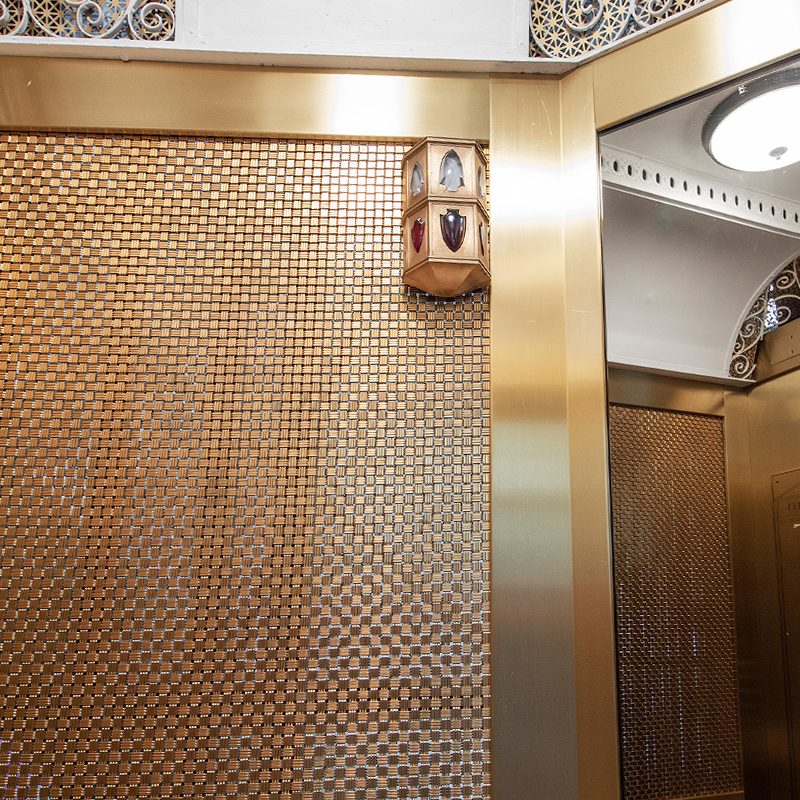
Conclusion
In conclusion, the design ideas behind decorative metal products are complex and multifaceted. The use of shapes, patterns, textures, and finishes all play a crucial role in creating the final aesthetic of a decorative metal piece. When designing decorative metal products, it is essential to consider the function of the item as well as the desired aesthetic, in order to create a piece that is both beautiful and functional. With careful consideration
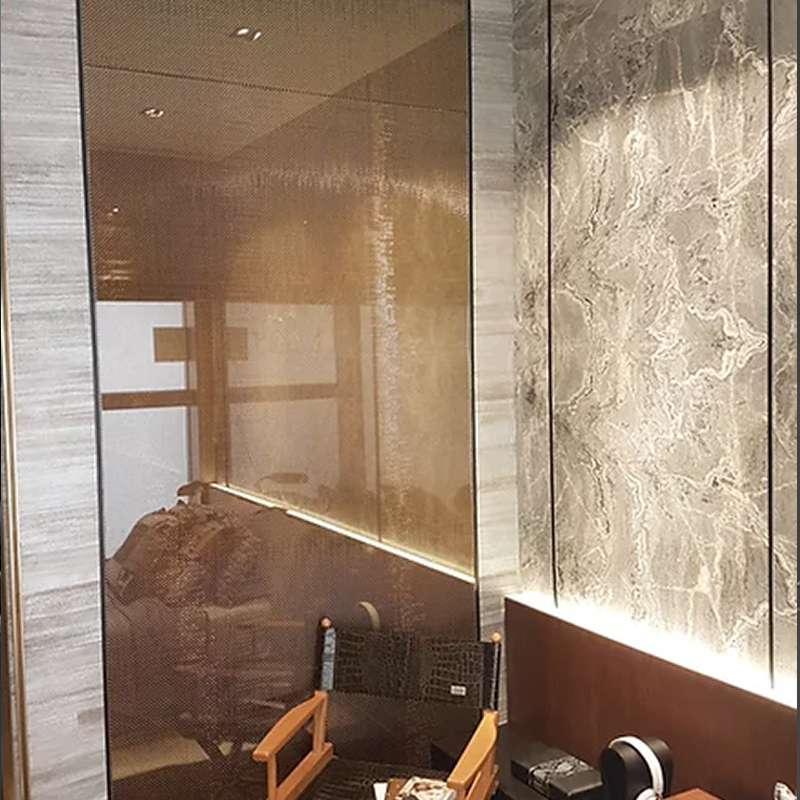
pre:One of the main applications of high-end metal decorative me
next:decorative wire mesh is used in a wide range of architectura
© 2025 Joinwin Architectural Wire. All Rights Reserved. | Sitemap
Recommended Read
Metal woven mesh is widely popular due to its unique design, high strength, durability and functionality.
Architectural woven mesh is a type of material that is widely used in exterior and interior design.